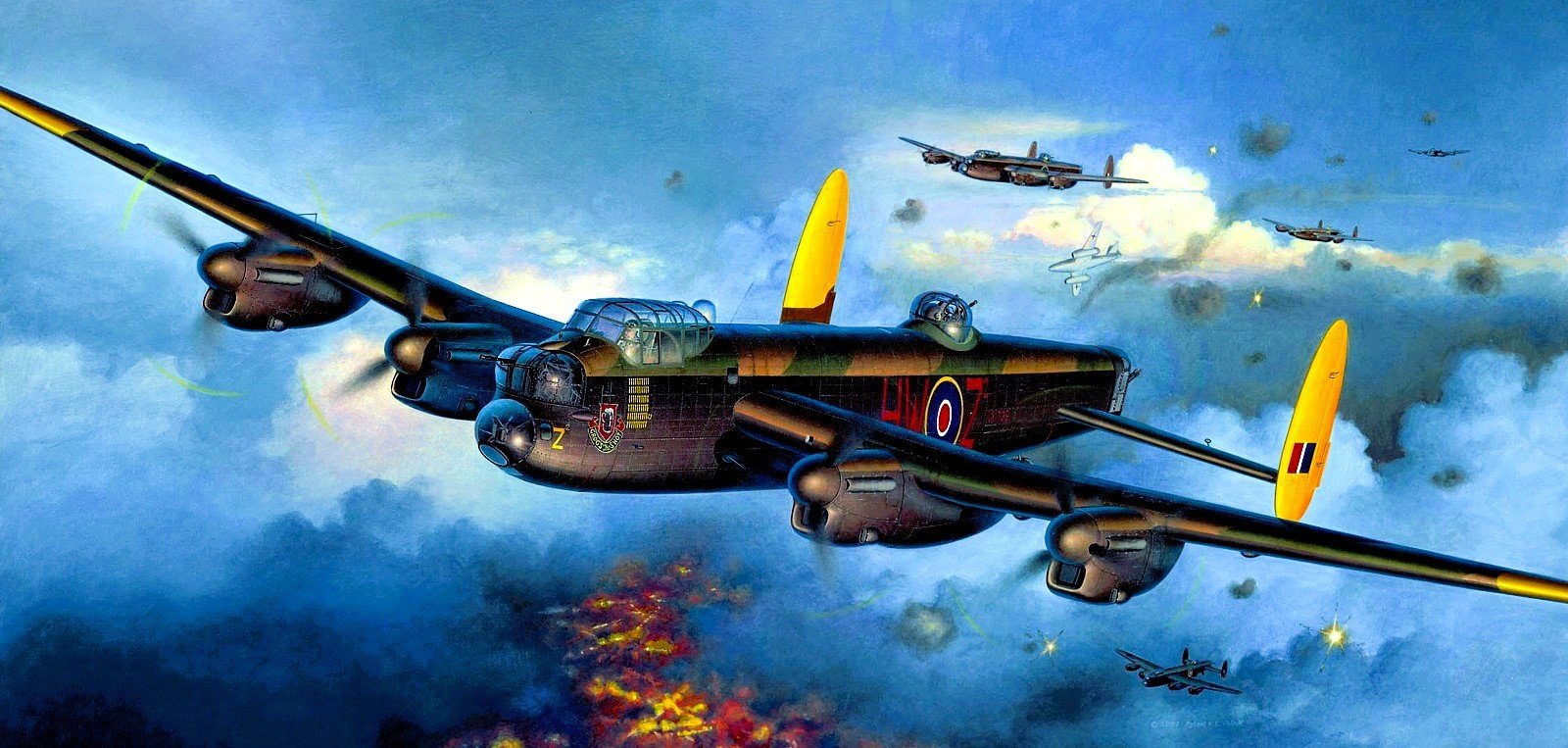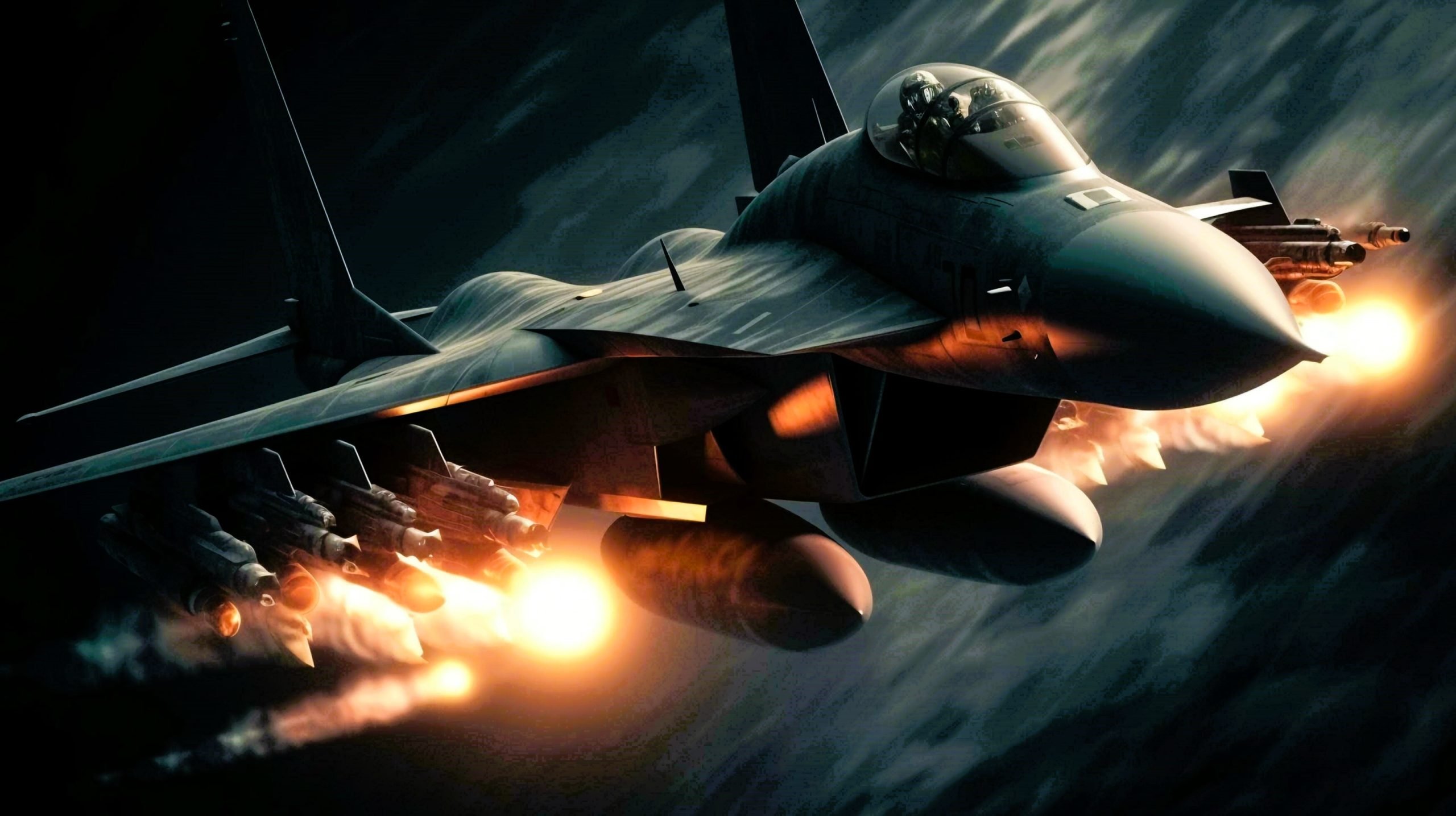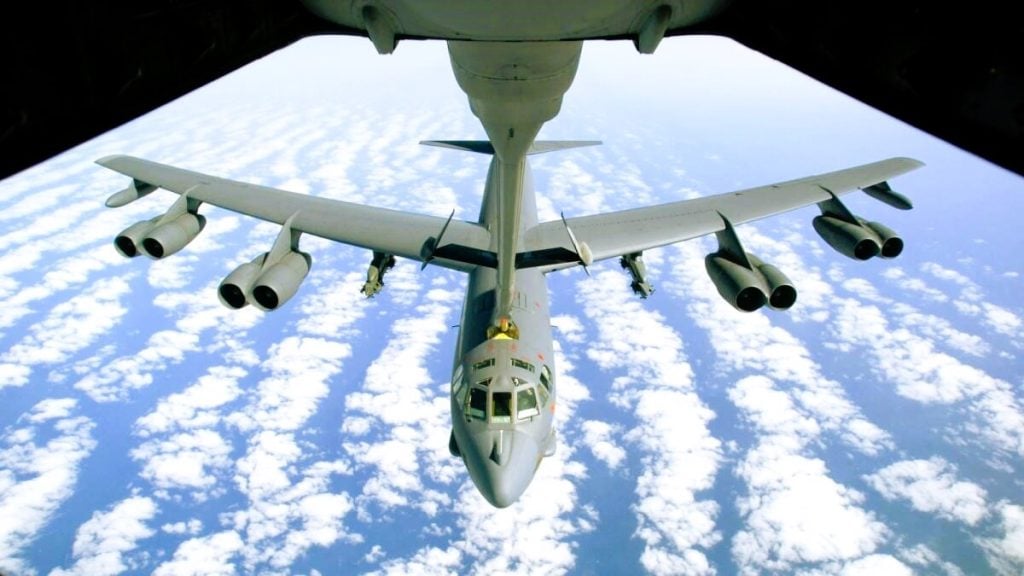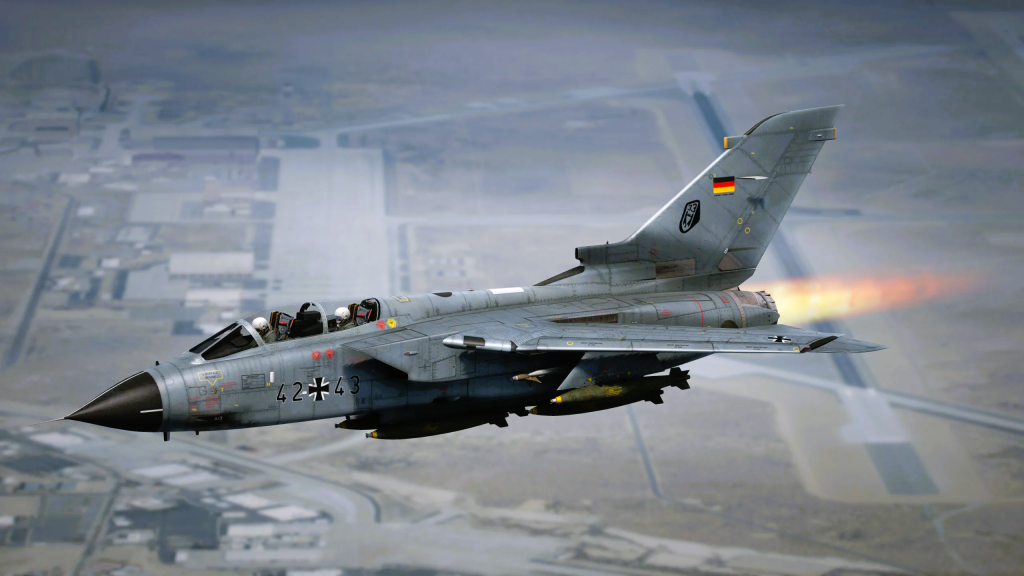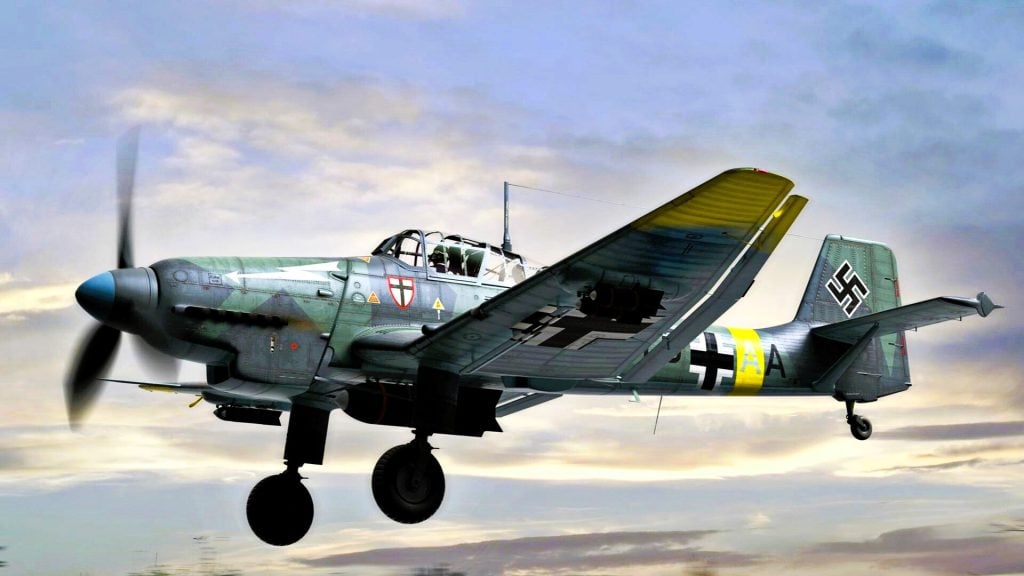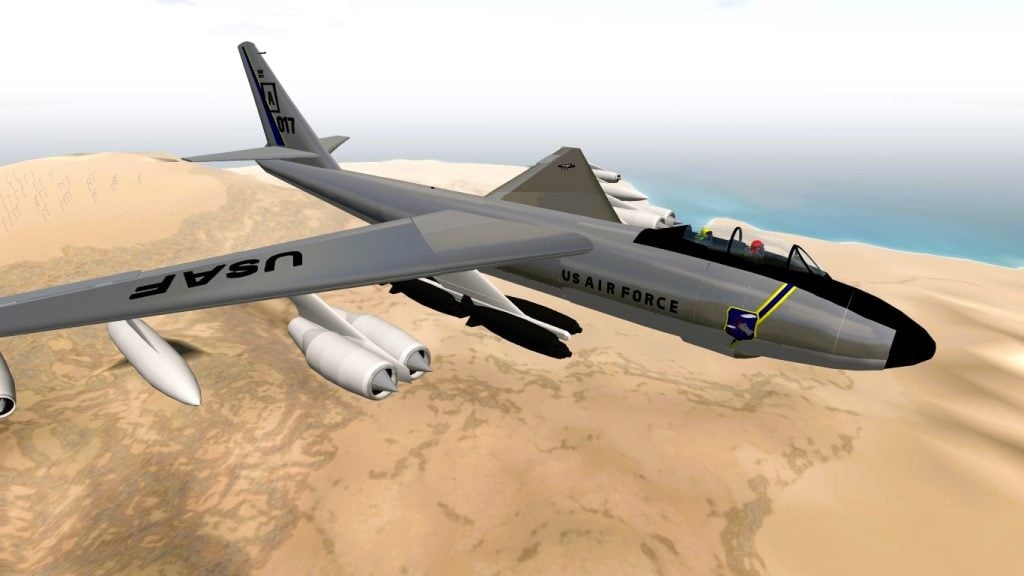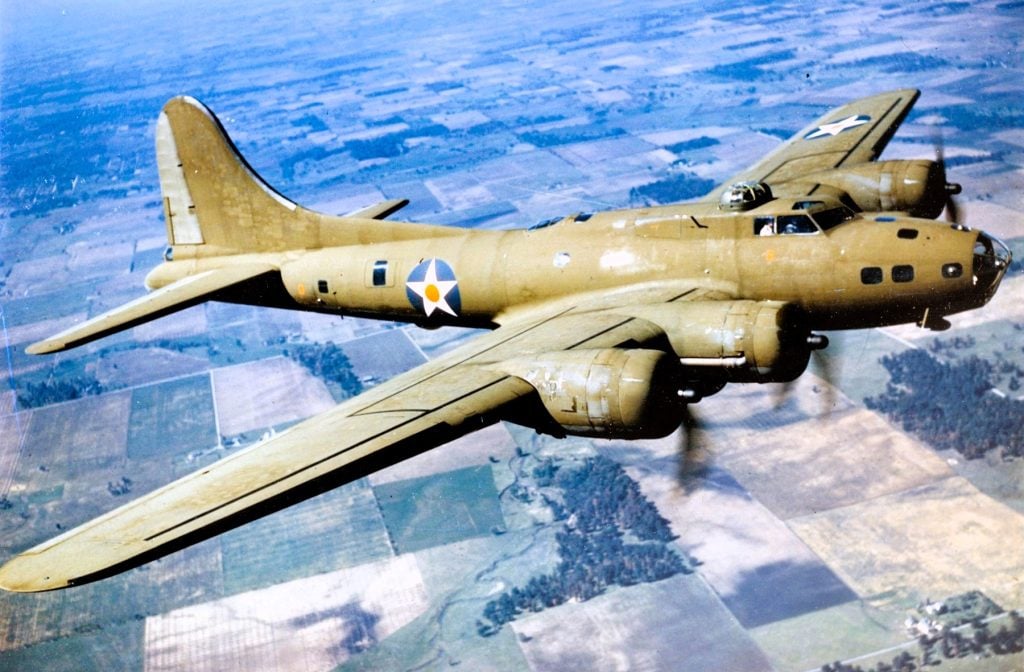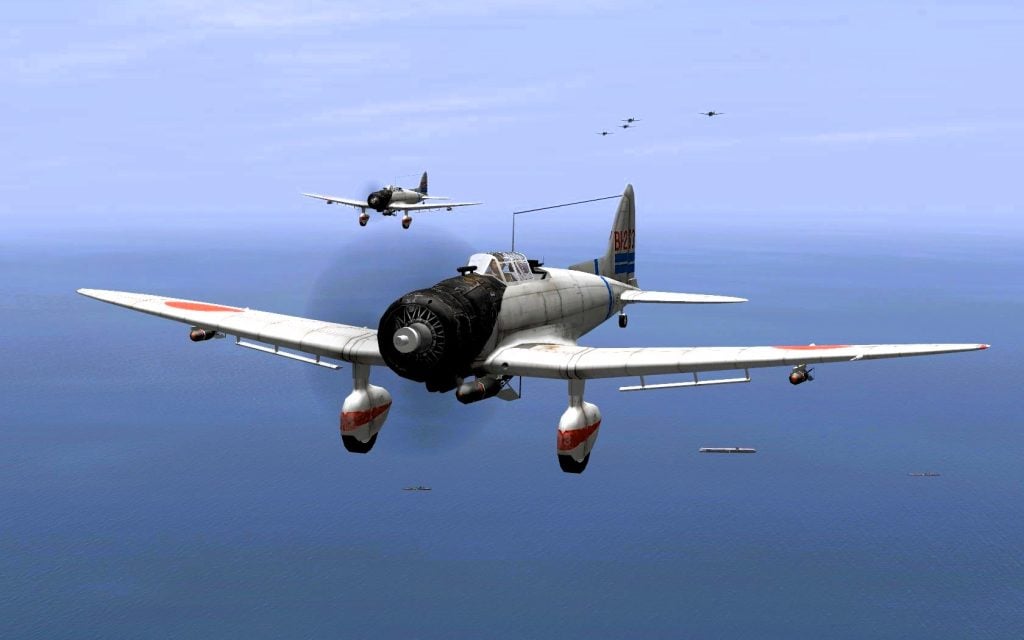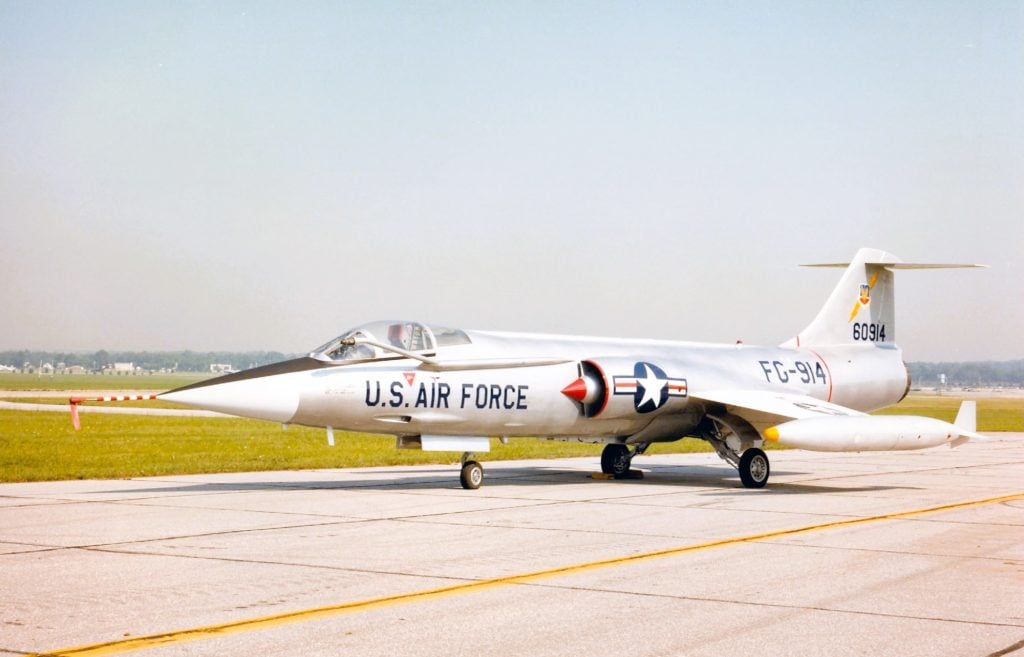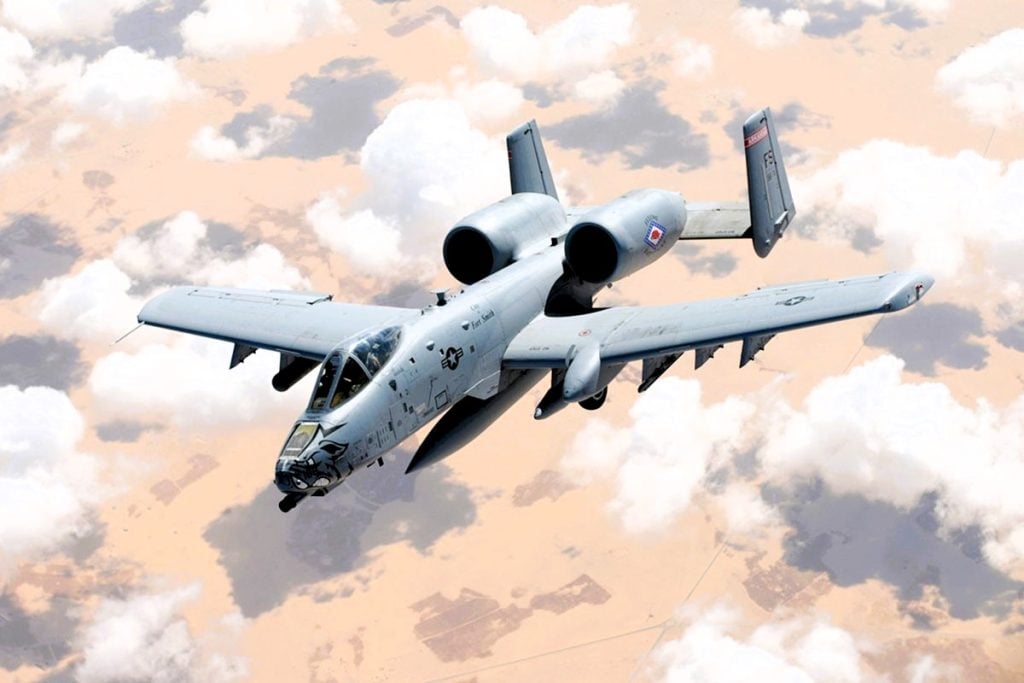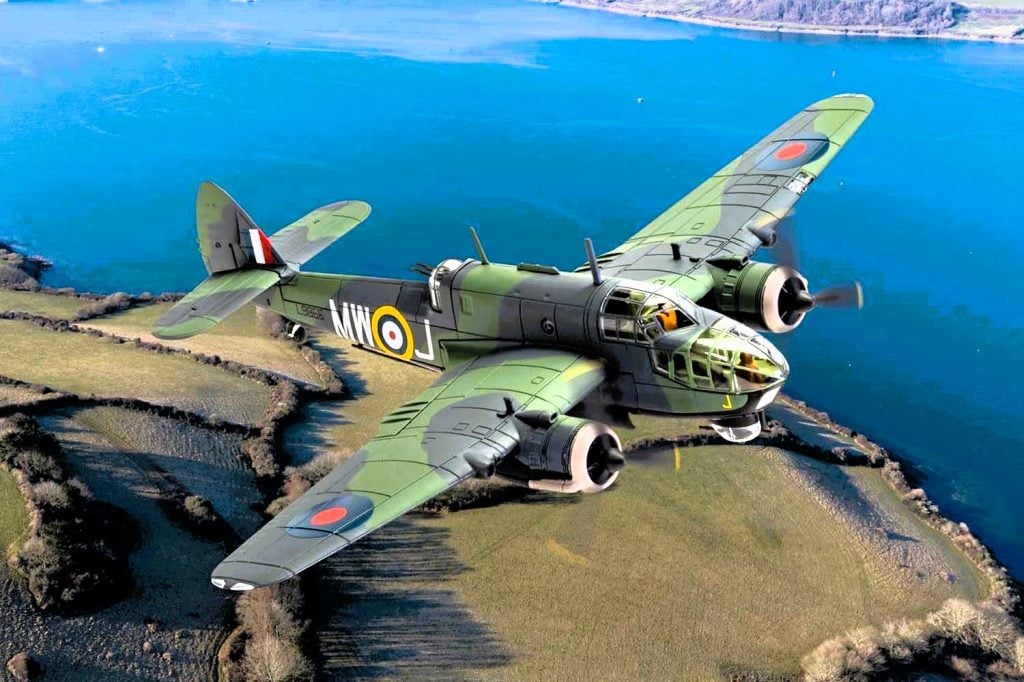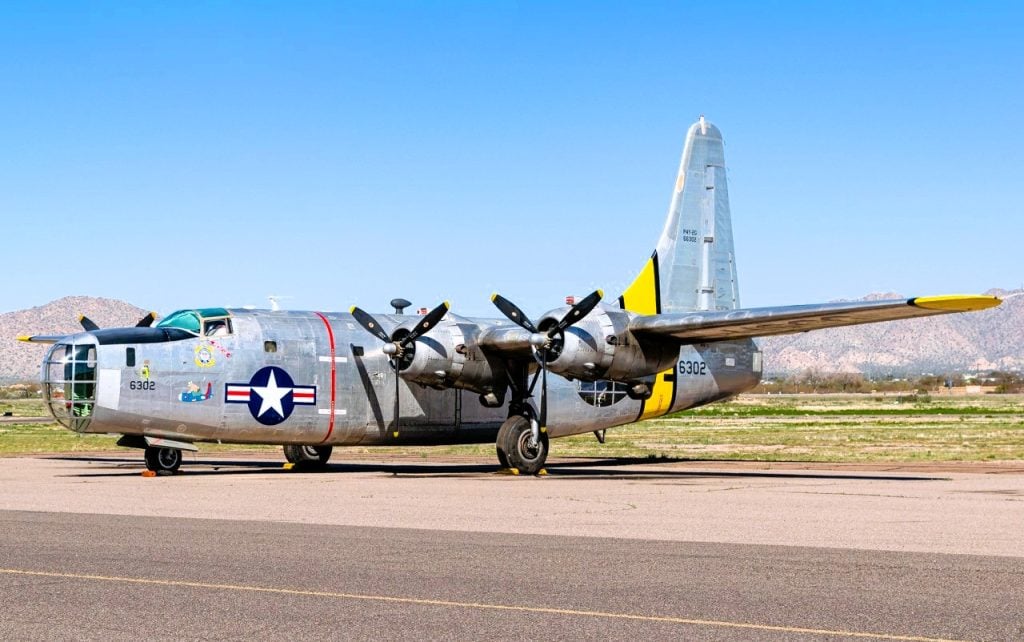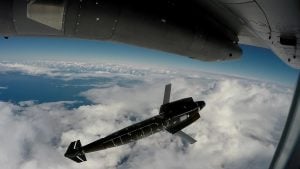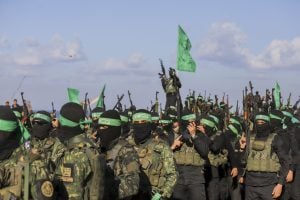The history of aerial warfare is inextricably linked to the evolution of bomber planes. From the early days of the Italo-Turkish War in 1912, when an Italian pilot dropped a bomb from an Albatros F.2 aircraft, to the strategic bombing campaigns of World War II and beyond, these formidable aircraft have played a pivotal role in shaping the course of military conflicts. As the technology and tactics of aerial bombardment have advanced, the types of bomber planes have diversified, each designed to fulfill specific operational requirements. In this comprehensive guide, we will delve into the Top Bomber Planes in the world, exploring the different classifications, their unique capabilities, and the remarkable advancements that have shaped this essential component of modern military aviation.
8 Top Police Force in the World 2024
1. Strategic Bombers
Strategic bombers are the heavyweight champions of the bomber plane family, designed to carry out long-range bombing missions with the intent of crippling the enemy’s wartime production capabilities. These large, heavily-armed aircraft are capable of delivering substantial payloads to distant targets, often deep within enemy territory. The earliest examples of strategic bombers were multi-engine biplanes used for long-range bombing raids, with the German and British forces employing these aircraft to strike targets across enemy lines.
As the technology advanced, strategic bombers evolved to become larger, more powerful, and capable of carrying even heavier ordnance. Iconic examples include the B-52 Stratofortress, which can carry up to 70,000 pounds of bombs and has a combat range of over 8,800 miles, and the Northrop B-2 Spirit, a modern stealth bomber capable of delivering up to 16 2,400-pound nuclear bombs.
2. Tactical Bombers
In contrast to their strategic counterparts, tactical bombers are designed for more localized, close-range bombing operations. These aircraft are primarily tasked with supporting ground forces, engaging in counter-offensives, and providing air support during military engagements. Tactical bombers typically operate at shorter ranges and often fly at lower altitudes to deliver their payloads with precision. While they may not carry the massive loads of strategic bombers, tactical bombers are still formidable, with the ability to deliver 2,000 to 4,000 pounds of ordnance.
This class of bomber includes subcategories such as light, medium, dive, and attack bombers, each tailored to specific mission requirements. Notable examples include the Panavia Tornado IDS, the Mirage 2000D, and the Xian JH-7, which have been utilized in various conflicts throughout the 1990s and beyond.
3. Light Bombers
Light bombers were the precursors to the more advanced bomber types, playing a crucial role in the early days of aerial warfare. These single-engine or twin-engine aircraft were designed to carry up to one ton of weapons, making them well-suited for a variety of operations. During World War I and World War II, light bombers replaced the biplane designs that had served as the original bombers, offering increased speed and versatility.
While purpose-built light bombers eventually became obsolete as fighter aircraft evolved, some of these early designs, such as the Junkers Ju-87 and the Vultee Vengeance, were modified to fulfill specialized roles like dive-bombing.
4. Medium Bombers
Medium bombers occupied a unique niche in the bomber plane spectrum, designed to deliver medium-sized payloads over medium-range distances. This classification was intended to differentiate them from the smaller light bombers and the larger, more powerful heavy bombers. As fighter aircraft became faster and capable of carrying heavier ordnance, the term “medium bomber” fell out of use, with modern medium-range tactical attack aircraft like the F-111 taking on the roles previously filled by these specialized aircraft.
One notable example of a purpose-built medium bomber is the B-47, which was used by the United States Strategic Air Command to carry up to 20,000 pounds of weapons, a significant payload but still less than the 70,000-pound capacity of the larger B-52 Stratofortress.
5 Top Russian Submarines to Ever Sail
5. Heavy Bombers
At the pinnacle of the bomber plane hierarchy are the heavy bombers, the largest and most powerful military aircraft. These behemoths are primarily utilized for strategic bombing missions, leveraging their long-range capabilities and massive payload capacity to strike targets deep within enemy territory. Heavy bombers are often too large and lack the defensive capabilities to engage in close combat with other aircraft or ground units, instead focusing on delivering their devastating ordnance from high altitudes.
The most notable examples of heavy bombers include the B-29 Superfortress, which was used to drop the atomic bombs over Hiroshima and Nagasaki during World War II, and the B-17 Flying Fortress, which boasted a range of 2,000 miles and a maximum payload of 4,000 pounds.
6. Dive Bombers
Dive bombers are a specialized type of tactical aircraft designed for vertical diving attacks, often classified as a subset of light bombers due to their smaller size and payload capacity. These aircraft would dive directly at their targets, minimizing horizontal velocity and allowing for increased accuracy when delivering their bombs. The most well-known examples of dive bombers include the Junkers Ju-87 and the Aichi D3A, both of which were employed extensively during World War II.
The Junkers Ju 87, in particular, was renowned for its ability to dive at steep angles of up to 80 degrees, ensuring its bombs would strike their targets with devastating precision. However, the rise of anti-aircraft artillery and precision-guided missiles eventually led to the decline of dive bombers, as militaries began to rely on more advanced targeting and delivery systems.
7. Fighter-Bombers
The fighter-bomber is a hybrid aircraft that combines the capabilities of a fighter plane with the bombing functions of a bomber. These versatile aircraft were initially developed during World War I, with the Sopwith Salamander being one of the earliest examples, known as the “trench fighter” for its primary role of bombing enemy trenches.
As the war progressed, fighter-bombers became increasingly important, offering the speed and maneuverability of fighter planes while also being capable of carrying out bombing runs and engaging ground targets or enemy aircraft. Iconic examples of fighter-bombers include the Lockheed F-104 Starfighter, which saw extensive use during the Korean War, and the modern interceptor and attack aircraft that have evolved from these early designs.
8. Ground-Attack Bombers
Ground-attack bombers, also known as attack bombers, are tactical aircraft specifically designed to engage and eliminate ground-based targets, such as tanks, armored vehicles, and concentrations of enemy troops. These aircraft are typically equipped with a variety of offensive armaments, including machine guns, cannons, and rockets, allowing them to provide close-air support and precision strikes on the battlefield.
Many ground-attack bombers can also be classified as light bombers due to their smaller size and payload capacity compared to their medium and heavy counterparts. Prominent examples of ground-attack bombers include the A-6 Intruder and the A-10 Thunderbolt II, both of which have seen extensive use in military conflicts over the years.
9. Torpedo Bombers
Torpedo bombers were a unique class of aircraft that played a significant role in naval warfare during the early to mid-20th century. Introduced by the British forces during World War I, these biplanes were equipped with floats for water landings and were outfitted with torpedoes and quick-release mechanisms to target enemy ships.
The first successful torpedo bomber attack occurred during the Gallipoli campaign in 1915, and the designs were further refined, leading to the development of aircraft like the Bristol Beaufort. However, as battleships became more capable of evading torpedoes, torpedo bombers eventually became obsolete, with their roles being taken over by anti-ship missiles and more advanced aircraft.
10. Patrol Bombers
Patrol bombers were another specialized type of bomber aircraft that played a crucial role in scouting and securing the skies and waters during times of conflict. These aircraft were primarily used by air forces and navies to monitor and patrol designated areas, with the ability to engage and eliminate ships and submarines as needed. During World War II, the Navy utilized twin-engine flying boats as patrol bombers, such as the British Bristol Beaufort and the American Consolidated PB4Y-2 Privateer.
However, these aircraft lacked the range and loitering capabilities required for effective long-distance patrolling. After the war, the use of patrol bombers gradually gave way to modified civilian airliners, which offered greater speed and were often equipped with advanced surveillance systems, becoming known as maritime patrol aircraft.
Bomber Plane Innovations
As the history of aerial warfare has unfolded, the evolution of bomber planes has been marked by a constant pursuit of technological advancements and strategic innovations. From the early days of hand-thrown bombs to the development of computer-aided bomb-dropping mechanisms, the capabilities of bomber aircraft have continuously expanded. The introduction of dive bombers, with their ability to deliver ordnance with pinpoint accuracy, was a significant milestone, as was the emergence of fighter-bombers that combined the speed and maneuverability of fighters with the bombing functions of their heavier counterparts.
The advent of heavy bombers, capable of carrying massive payloads over vast distances, revolutionized the concept of strategic bombing, culminating in the deployment of atomic bombs during World War II. The rise of ground-attack bombers and their specialized armaments for engaging ground targets further diversified the roles and capabilities of these aerial platforms.
Throughout this remarkable journey, the bomber plane has remained a vital component of military aviation, adapting to the changing nature of warfare and continuously pushing the boundaries of what is possible in the skies. As technology continues to evolve, it is certain that the future of bomber planes will bring even more innovative and awe-inspiring advancements, solidifying their place as a dominant force in modern aerial warfare.
9 Best Lockheed Martin Fighter Jets Ever Made
Conclusion
The history of bomber planes is a testament to the relentless pursuit of military superiority and the constant evolution of aerial warfare. From the early biplanes of World War I to the cutting-edge stealth bombers of today, these aircraft have played a pivotal role in shaping the course of conflicts, serving as both strategic assets and tactical tools in the hands of military commanders. As the technology and tactics of aerial bombardment have advanced, the types of bomber planes have diversified, each designed to fulfill specific operational requirements, whether it be long-range strategic strikes, close-air support for ground forces, or the decimation of enemy infrastructure and resources.
As we look to the future, it is clear that the role of bomber planes will continue to evolve, driven by the ever-changing landscape of global security challenges and the constant push for technological innovation. Whether it is the development of more efficient and powerful engines, the integration of advanced sensors and targeting systems, or the incorporation of cutting-edge stealth capabilities, the bomber plane will undoubtedly remain a crucial component of military aviation, serving as a formidable deterrent and a powerful instrument of strategic and tactical dominance.
FAQs
1. How many types of bomber planes are there?
Light Bomber, Medium Bomber, and Heavy Bomber
2. Who is the biggest bomber in the world?
The B-36 is the largest piston-engined aircraft ever mass-produced. Boasting a wingspan of 230 feet (70 meters), it holds the record for the longest wingspan of any combat aircraft ever constructed. Additionally, the B-36 was the first bomber capable of carrying any nuclear weapon in the U.S. arsenal within its internal bomb bay without requiring modifications.
3. What is the most advanced bomber?
Northrop Grumman B-21 Raider
4. What country has the best bombers?
United States.
5. What is the most powerful stealth bomber in the world?
The Northrop Grumman B-2 Spirit, also known as the Stealth Bomber
